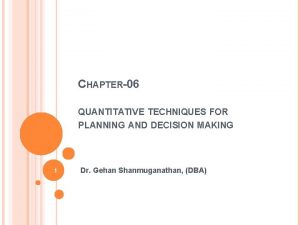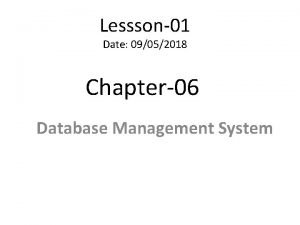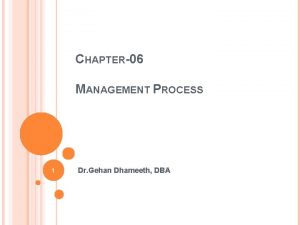Chapter06 Insurance company operations Insurance company operations The











- Slides: 11

Chapter-06 Insurance company operations

Insurance company operations The most important insurance company operations consist of following : q. Rate making q. Underwriting q. Claim settlement q. Reinsurance qinvestments

Rate making • Rate making refers to the pricing of insurance. Insurance pricing differs considerably from the pricing of other products. Insurance rates are determined by actuaries. • When other products are sold , the company generally knows in advance what its cost of producing those products are, so that price can be established to cover all costs and yield a profit.

Underwriting • Underwriting refers to the process of selecting, classifying , and pricing applicants for insurance. The underwriters is the person who decides to accept or reject an application. • The fundamental objective of underwriting is to produce a profitable book of business. The underwriter constantly strives to select certain types of applicants and to reject others so as to obtain a profitable portfolio of business

production • The term production refers to the sales and marketing activities of insurers. Agent who sell insurance are frequently referred to as producers. This word is used because an insurance company can be legally chartered, personnel can be hired, and policy forms printed, but no business is produced until a policy is sold. The key to the insurer’s financial success is an effective sales force.

Claim settlement • Every insurance company has a claims divisions or department for adjusting claims. This section of the chapter examines the basic objectives in adjusting claims, the different types of claim adjustor , and the various steps in the claim-settlement process.

The basic objectives in claim settlement • From the insurer’s viewpoint , there are several basic objectives in settling claims. q. Verification of a covered loss q. Fair and prompt payment of claims. q. Personal assistance of insurer.

Steps of settlement claim Several steps are involved in settling a claim: Ø Notice of loss must be given to the company. Ø Claims is investigated by the company. Ø A proof of loss may be required Ø A decision is made concerning payment

Reinsurance • Reinsurance is an arrangement by which the primary insurer that initially writes the insurance transfer to another insurer(called the reinsurer) part of all of the potential losses associated with such insurance. • The primary issuer that initially writes the business is called the ceding company. The insurer that accepts part of all of the insurance from the ceding company is called the reinsurer.

Reasons for reinsurance Reinsurance is used for several reasons. The most important reasons include the following: Ø Increase underwriting capacity. Ø Stabilize profits. Ø Reduce the unearned premium reserved Ø Provide protection against a catastrophic loss.

Investments • The investment function is extremely important in the overall operations of insurance companies. Because premiums are paid in advance, they can be invested until needed to pay claims and expenses.





















